Amanda Williams + Andres L. Hernandez in collaboration with Shani Crowe
Thrival Geographies (In My Mind I See a Line)
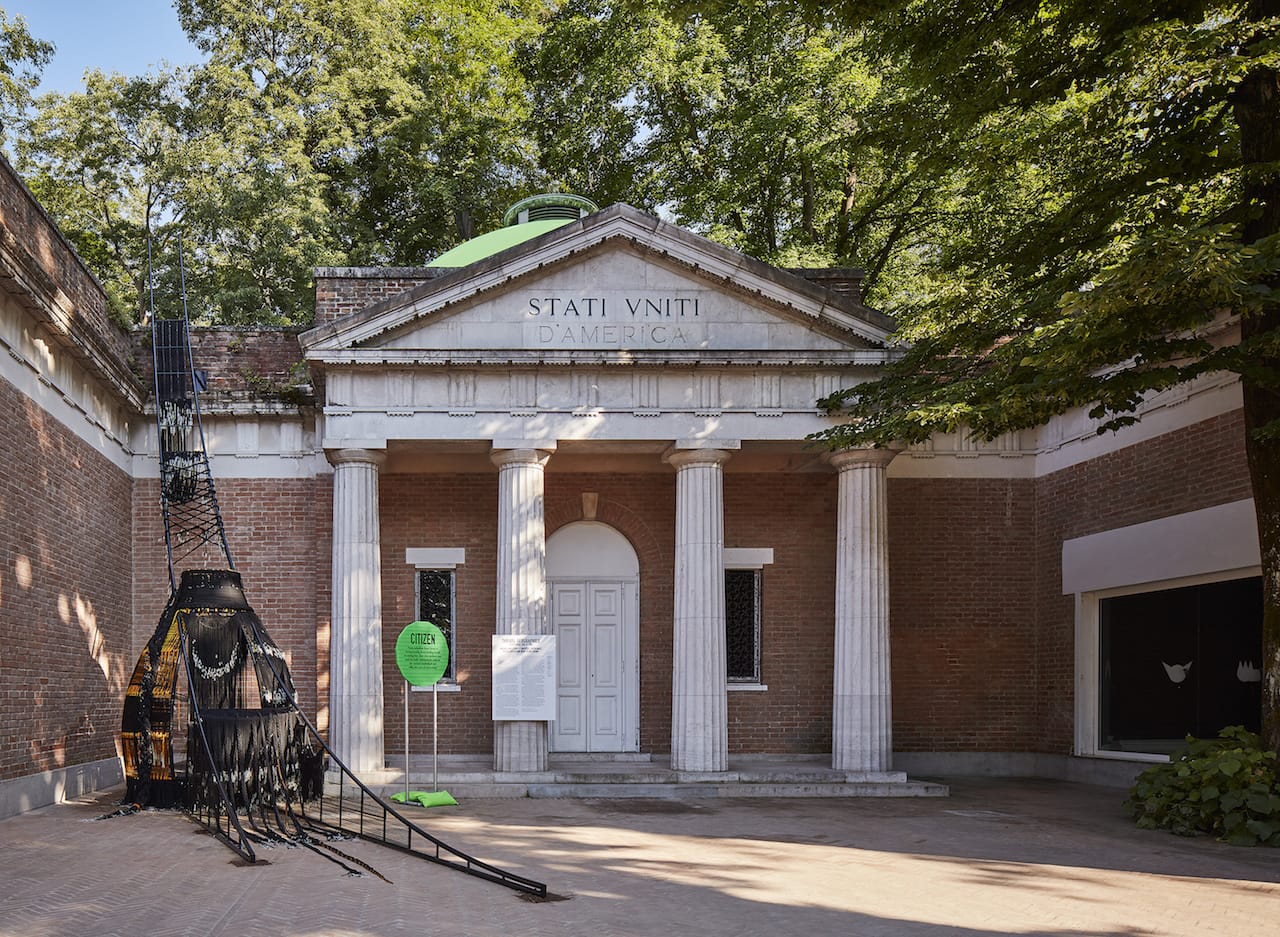
Thrival Geographies (In My Mind I See a Line). Photo © Tom Harris. Courtesy of the School of the Art Institute and the University of Chicago.
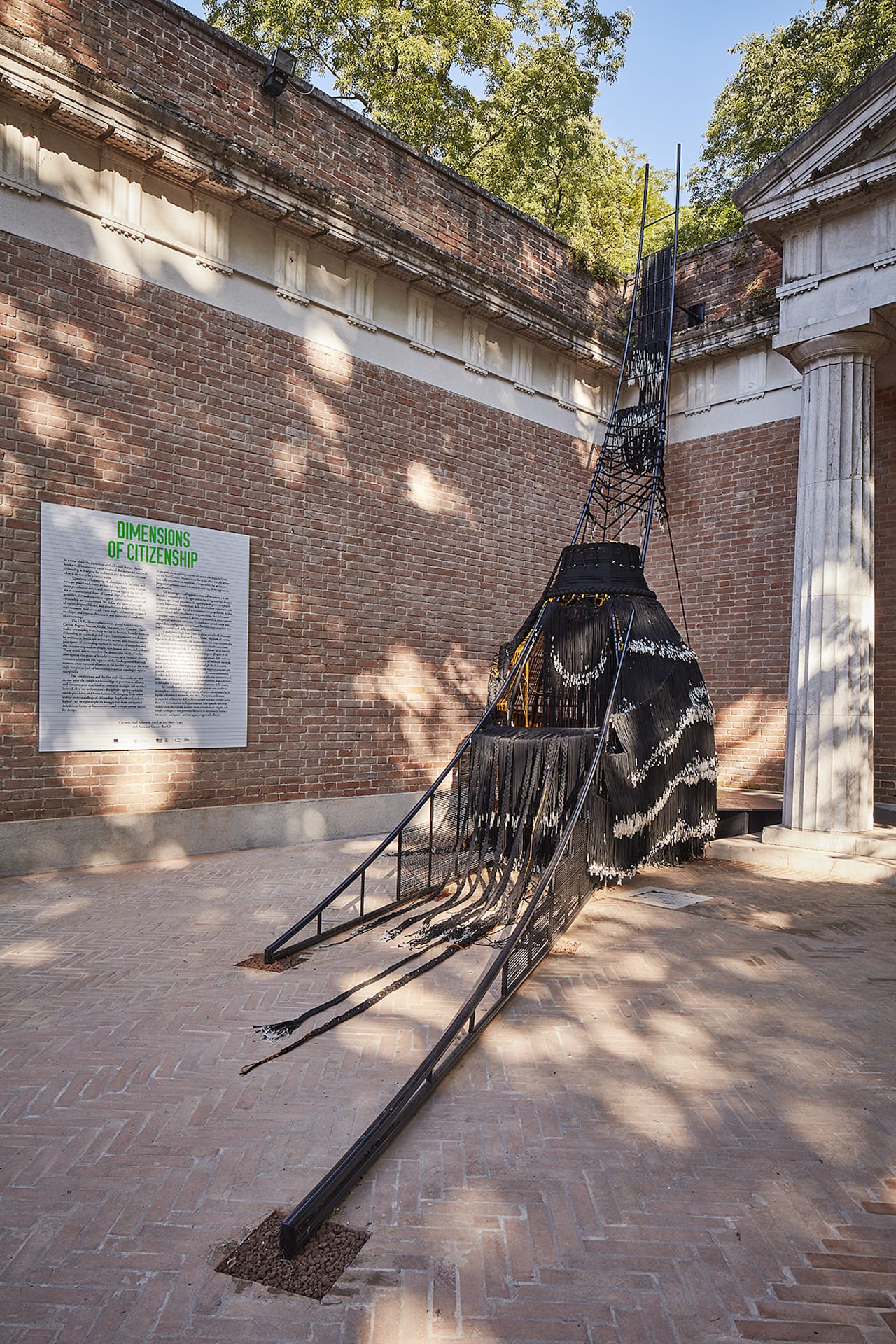
Thrival Geographies (In My Mind I See a Line). Photo © Tom Harris. Courtesy of the School of the Art Institute and the University of Chicago.
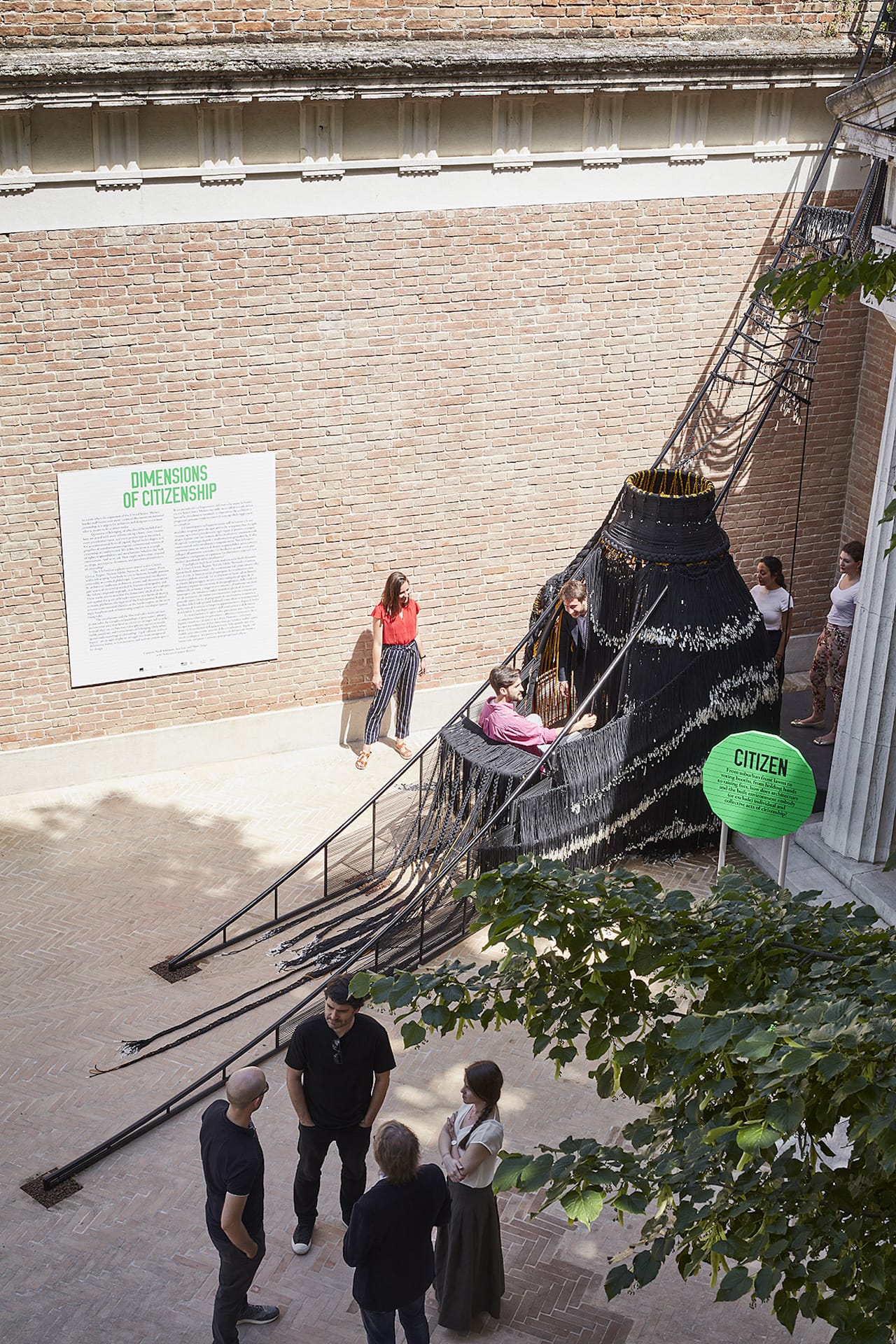
Thrival Geographies (In My Mind I See a Line). Photo © Tom Harris. Courtesy of the School of the Art Institute and the University of Chicago.

Thrival Geographies (In My Mind I See a Line). Photo © Tom Harris. Courtesy of the School of the Art Institute and the University of Chicago.
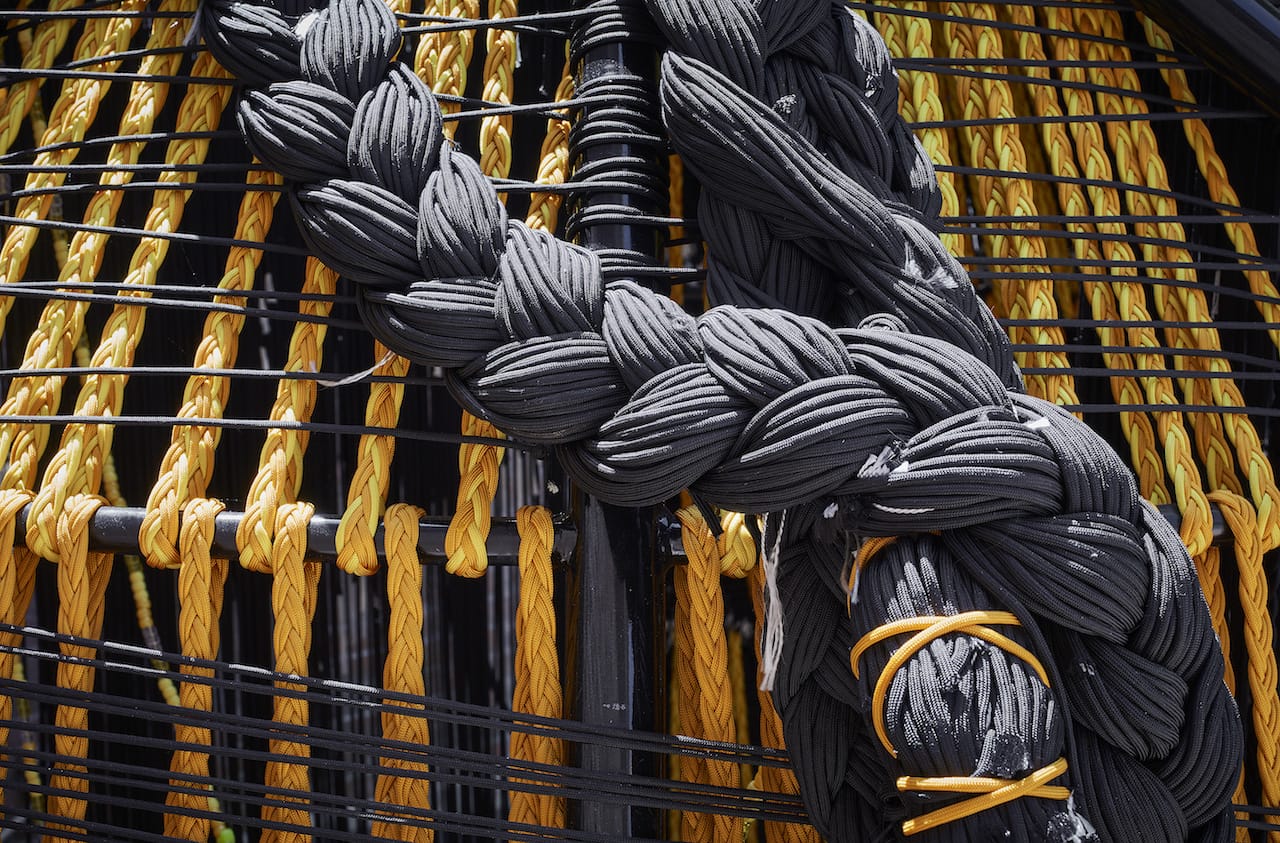
Thrival Geographies (In My Mind I See a Line). Photo © Tom Harris. Courtesy of the School of the Art Institute and the University of Chicago.
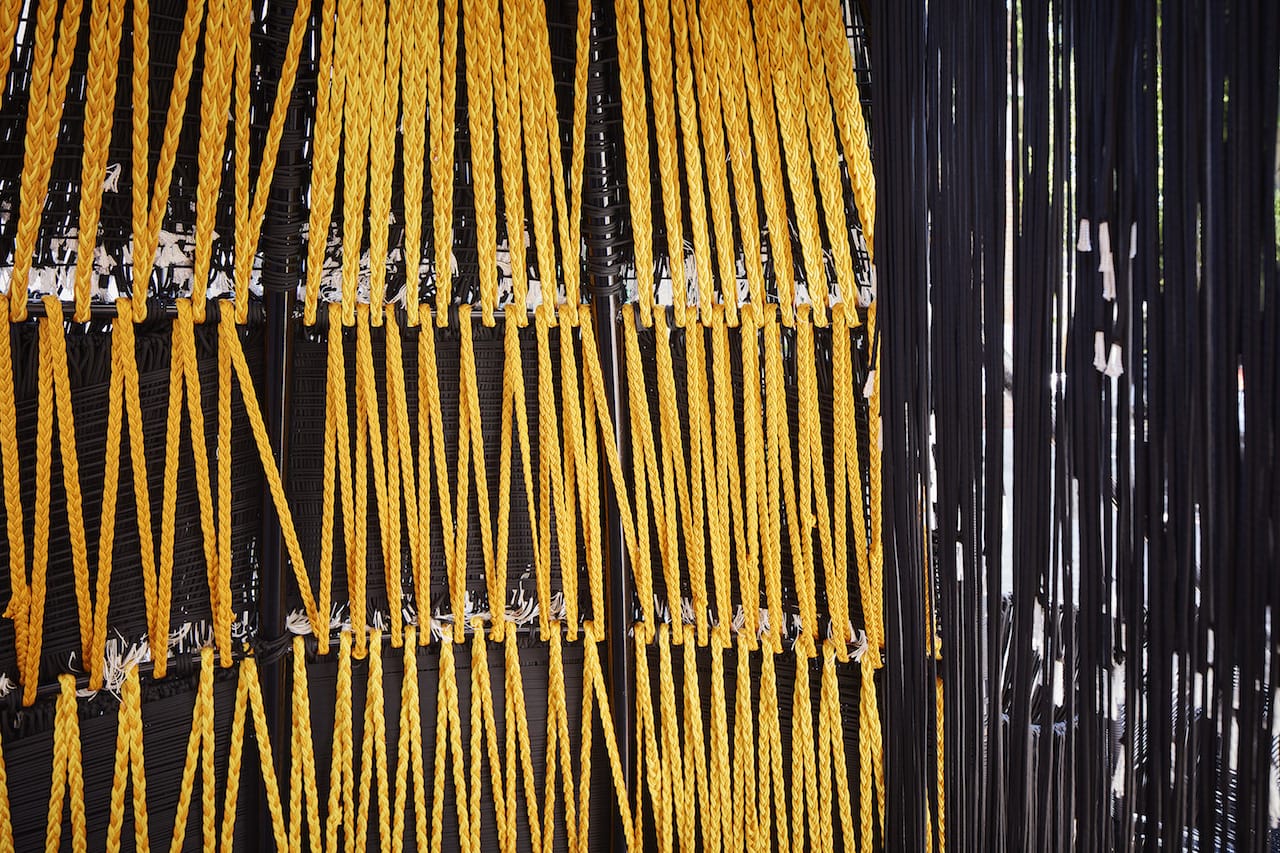
Thrival Geographies (In My Mind I See a Line). Photo © Tom Harris. Courtesy of the School of the Art Institute and the University of Chicago.
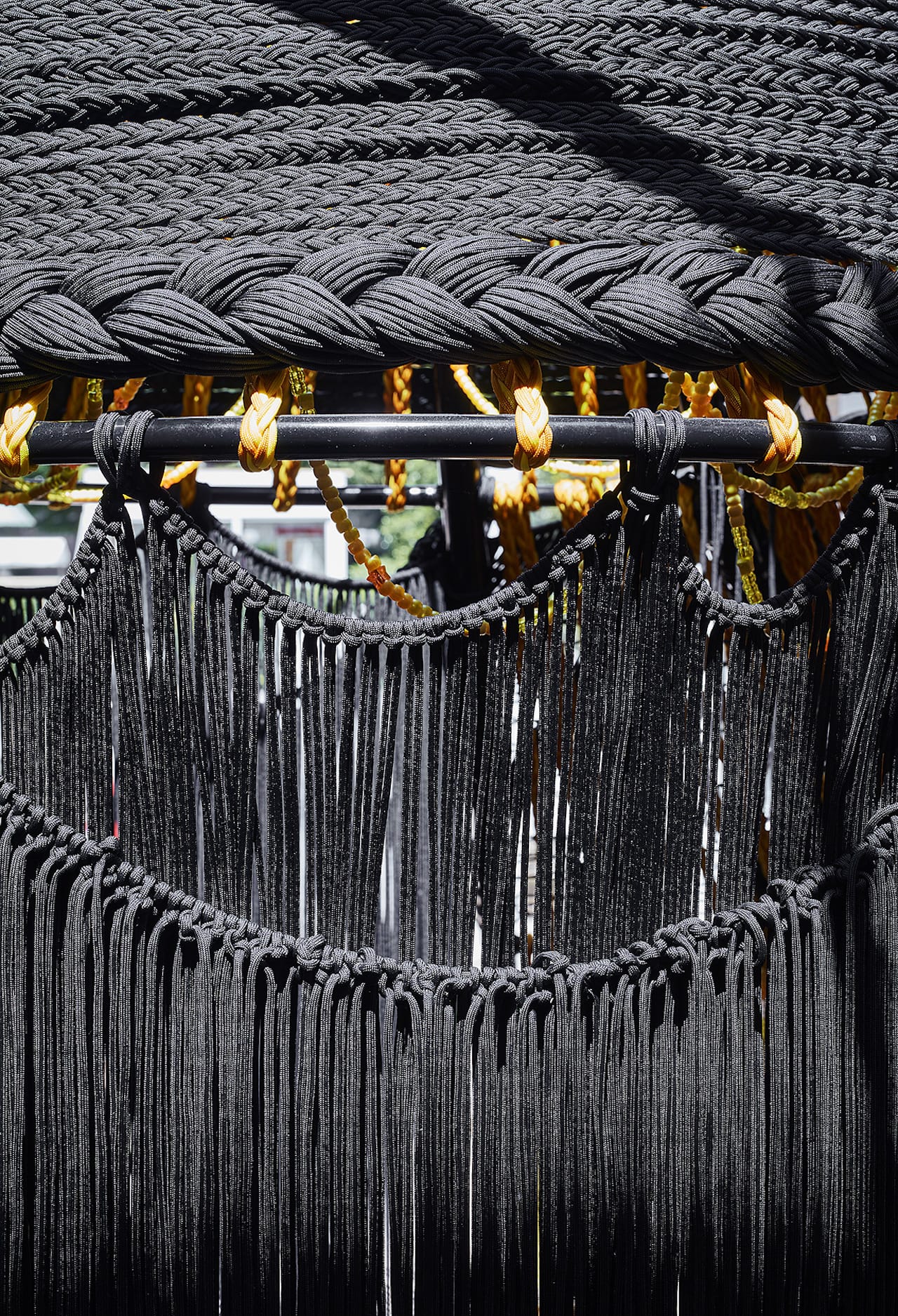
Thrival Geographies (In My Mind I See a Line). Photo © Tom Harris. Courtesy of the School of the Art Institute and the University of Chicago.
I seemed to see a line, and on the other side of that line were green fields, and lovely flowers, and beautiful white ladies, who stretched out their arms to me over the line, but I couldn’t reach them no-how. I always fell before I got to the line.
—Harriet Tubman1
I learned to see freedom as always and intimately linked to the issue of transforming space.
—bell hooks2

Harriet’s Refuge, digital collage, dim. variable, 2017. © Amanda Williams
The assumption that all people are able to actualize the rights, benefits, and responsibilities of citizenship within the built environment is misleading. Much like other oppressed communities in the United States, including lesbians, gay men, bisexuals, and transgender people, undocumented immigrants, and the disabled, African Americans’ access to space is largely prescribed, “as they are historically and routinely rendered visually transparent, peripheral, part of the landscape, ready to be moved, cleared and discarded for spatial use and improvement.”3 African Americans’ ownership of property and use of public space for personal enjoyment has been historically perceived as transgressive behavior, and often met with punitive legal action, violence, and, at times, death. Given this context, the ability of African Americans to successfully navigate and shape the physical spaces within their lives has amounted to de facto survival strategies.
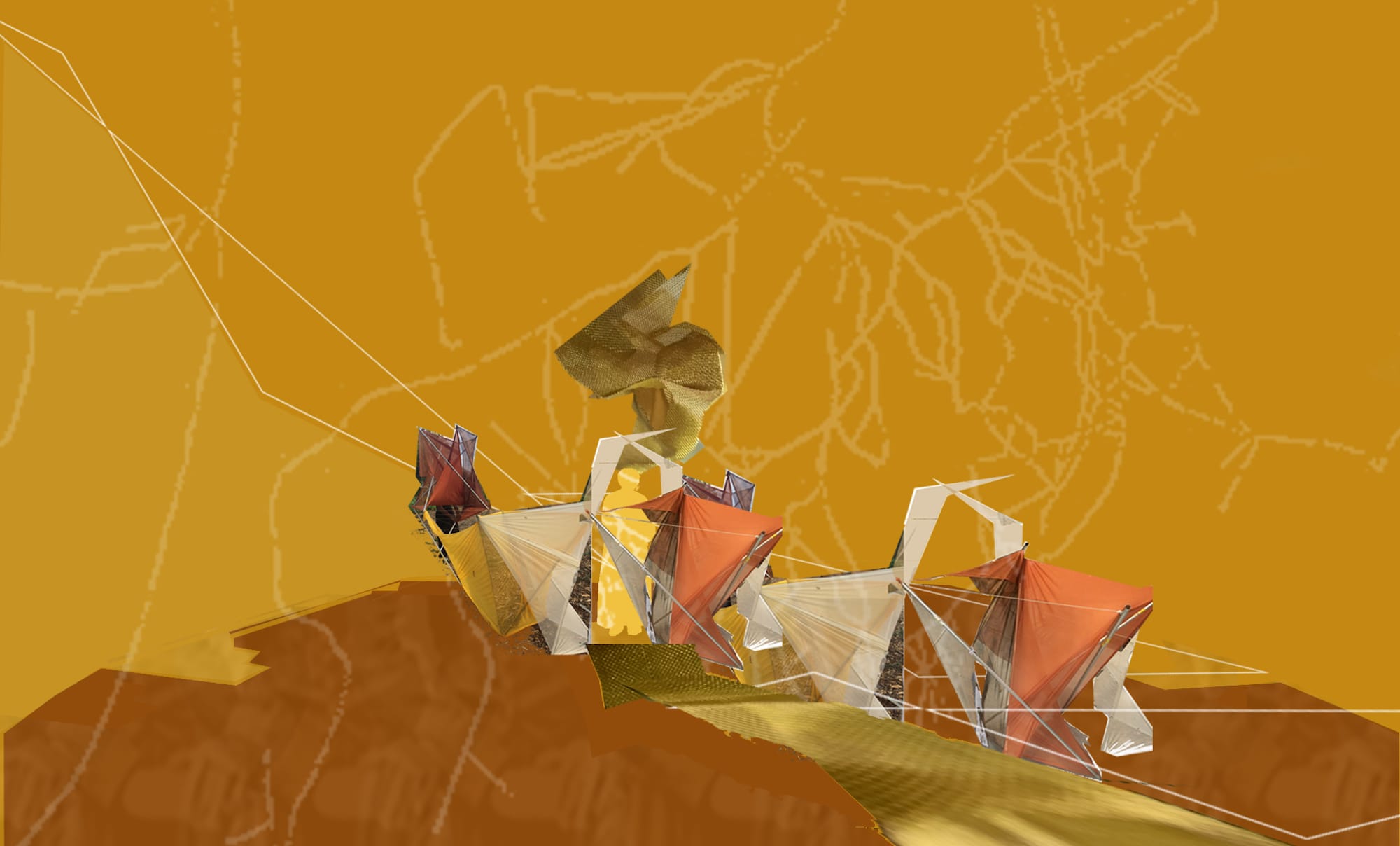
Thrival Geographies (/study_v1), digital collage, dim. variable, 2017. © Amanda Williams + Andres L. Hernandez
Addressing this fraught social-spatial condition and its impact at the scale of the citizen, Thrival Geographies (In My Mind I See a Line), an intervention in the courtyard of the US Pavilion, is rooted in the historical spatial practices of African Americans, yet speculates upon new spatial strategies that support the most precarious of populations. We foreground these practices as manifestations of civic agency and freedom that move all citizens beyond mere survival toward thrival and full participation in the democratic ideal. Superimposing an alternative or rival geography4 of movement across the full site, the intervention originates within the forecourt of the pavilion, weaving within and rising up the portico of the main entrance, and stretching beyond the visible to the rear terrain of the building. Evoking clandestine routes charted and navigated by African Americans seeking both temporary escape and permanent freedom from the institution of slavery, our intervention strategically shifts orientation in its steady movement toward, and its shaping of, thrival spaces.
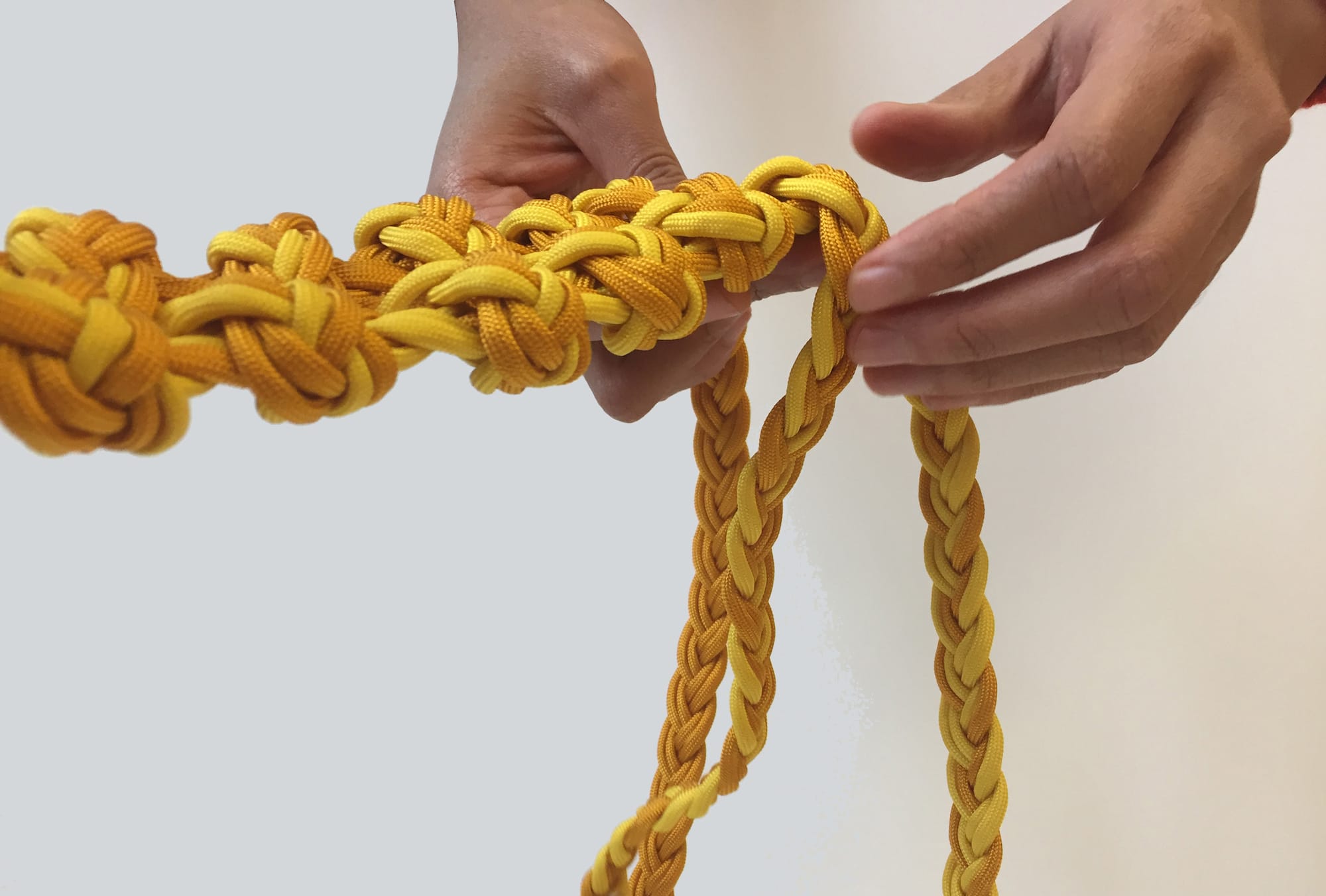
Shani Crow braid study, 2017. Courtesy of the artist
The work highlights the unique ways in which black women have historically navigated and shaped space in order to advance their position in American society and takes the African American historical figures Harriet Jacobs and Harriet Tubman as muses. Harriet Jacobs sought a peculiar freedom within her loophole of retreat,5 confining herself for seven years to the liminal space of the garret of her owner’s house. Harriet Tubman found emancipation for herself and others through the network of safe houses and supporters from the southern to the northern US states and Canada known as the Underground Railroad. Although relative and precarious, the autonomy of the two Harriets was predicated on their ability to utilize tactics of fugitivity and duplicity in order to navigate the social and spatial landscapes of slavery.
With the persistence and evolution of spatial injustice within the United States, the black female body continues to be (mis)read as being out of line. As such, the actions of African American women within the built environment are still perceived as transgressive, and are increasingly countered by emotional and physical violence, and death. In embracing the mantra BLACK WOMAN SPACE MATTERS, Williams and Hernandez tackle questions of citizenship status, gender, and race at the intersection of history, theory, and practice of architecture.
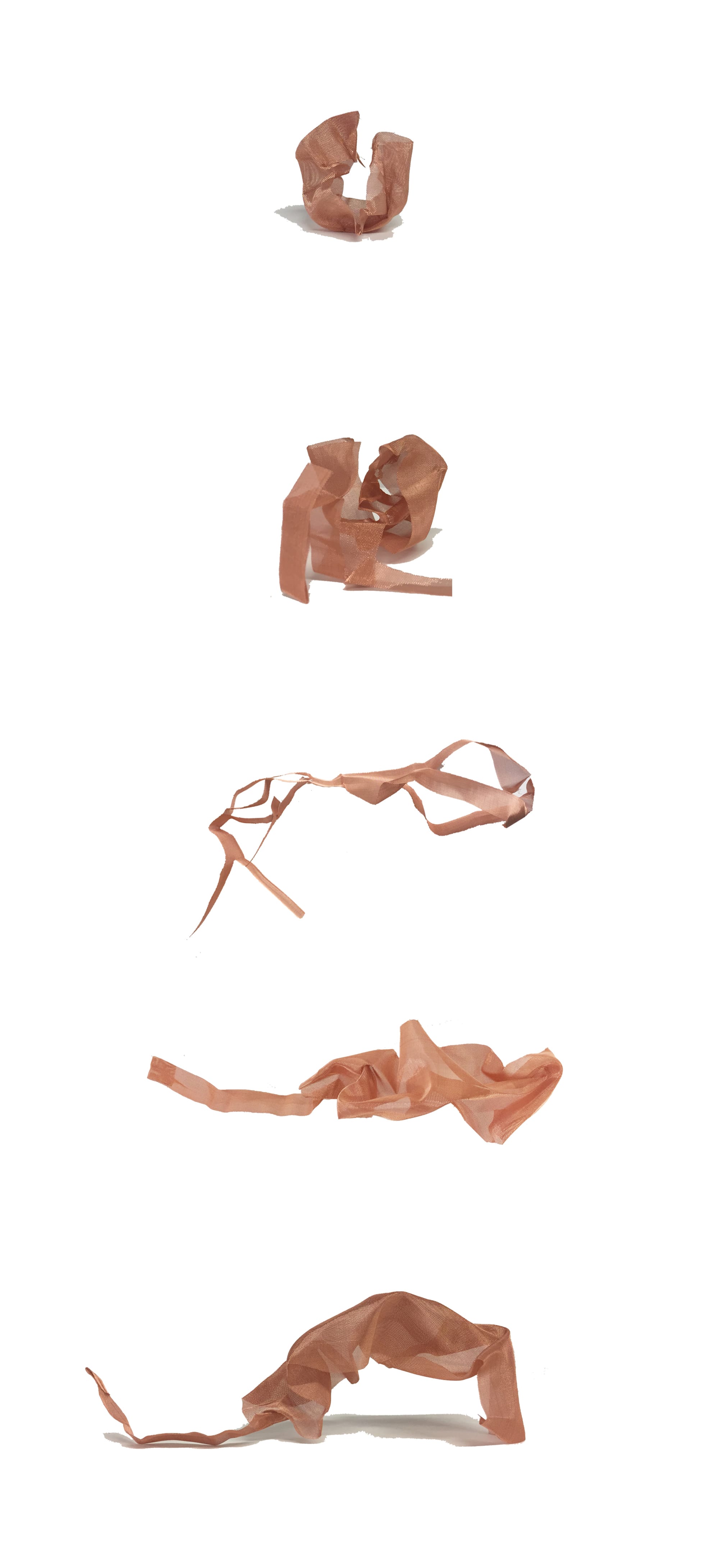
Formal studies, copper wire mesh, dim. variable, 2017. © Amanda Williams + Andres L. Hernandez
-
Sarah Hopkins Bradford, Scenes in the Life of Harriet Tubman (Auburn, NY: W. J. Moses, 1896). ↩
-
bell hooks, Julie Eizenberg, and Hank Koning, “House, 20 June 1994,” in Assemblage: A Critical Journal of Architecture and Design Culture 24 (August 1994): 22–29. ↩
-
David Theo Goldberg, Racist Culture: Philosophy and the Politics of Meaning (Cambridge, UK: Blackwell Publishers, 1993). ↩
-
Stephanie M. H. Camp, Closer to Freedom: Enslaved Women and Everyday Resistance in the Plantation South (Chapel Hill: University of North Carolina Press, 2004). ↩
-
Harriet Jacobs, Incidents in the Life of a Slave Girl: Written by Herself, Jean Fagan Yellin, ed. (Cambridge, MA and London: Harvard University Press, 1987 [1861]). ↩